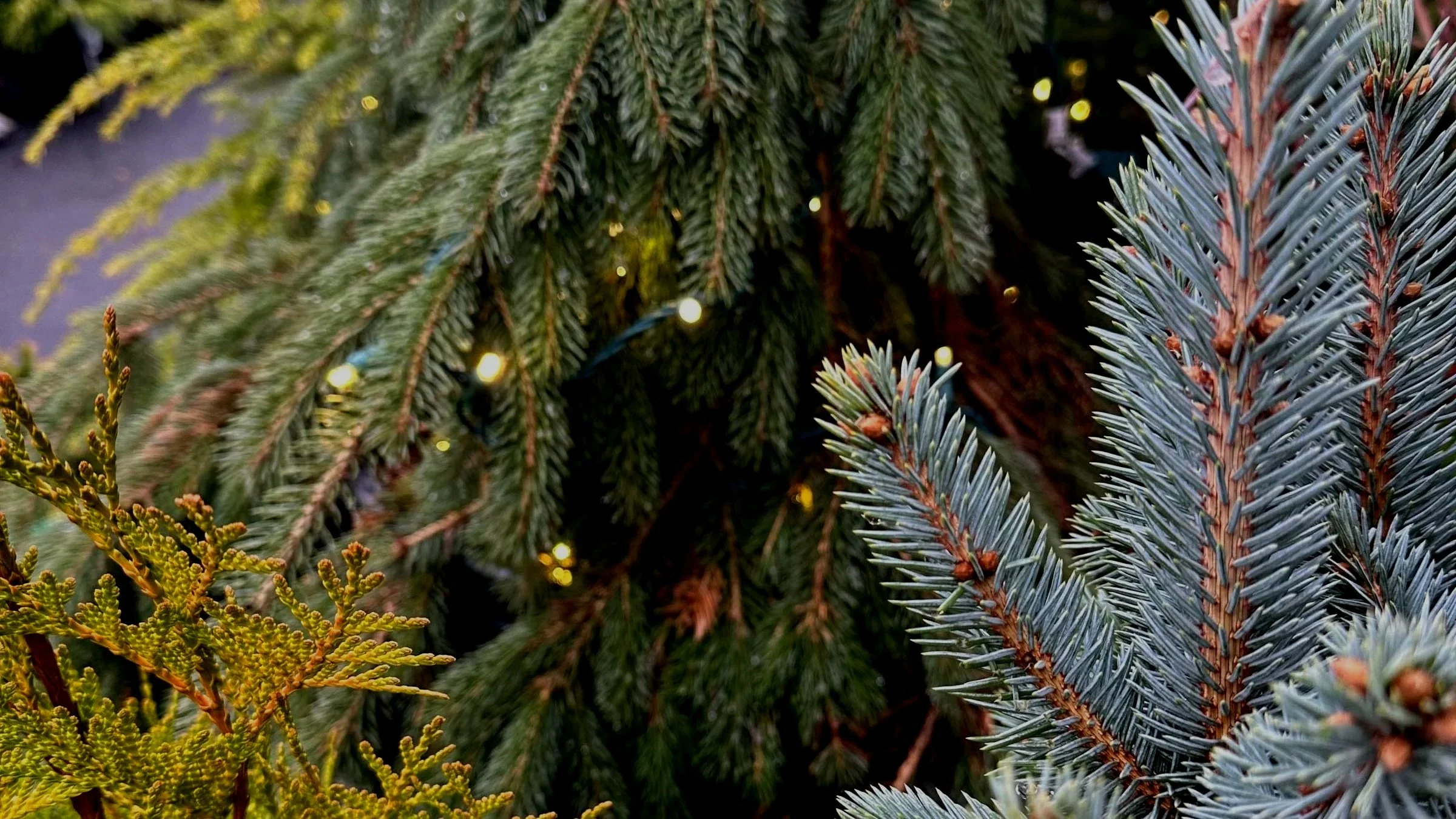The world of hydrangeas has absolutely exploded in the last ten years to the point that it is impossible to keep up with all of the new cultivars. If you Google https://www.provenwinners.com/Hydrangeas-Demystified you will find no less than 6 different types of hydrangeas to choose from. There is a 7th variety (aspera) as well that is just as exciting as the other 6 they mention (this latest one has purple foliage). In my small garden alone I have 8 different varieties and that doesn’t include any of the new ones that have come on the market recently. My point is simply that no garden in the northwest is complete without a few hydrangeas. There are the classic ball type for shade, PG types for sun, climbers, oak leaf and arboreal aspera types to name just a few. If you are missing this important summer blooming group of plants then it is time to get with the program and plant a few.
Hydrangeas generally fall into two groups - those for sun and those for shade. In the shade group are the traditional mop head forms with their large ball shaped flowers and their cousins the lace cap forms. There are a gazillion new varieties of these two forms with a wide range of flower color and both double and single flavors. Many are dwarf so they stay below 4 feet tall (the City Line series is a good choice) and most are repeat bloomers so that if the man of the house prunes them too severely (or Mother Nature does the same) they will still bloom the following summer. Also in this shade group is the climbers both deciduous and evergreen with white flowers and the aspera species with sand paper leaves that can be either green or purple and huge (one foot across) lace cap flowers. My specimen is 12 feet tall.
For sun we have three groups to choose from: The PG types are bullet proof and come in solid white or white with a pink blush or chartreuse (sorry but no blue in this variety). All have a cone shaped flower (PG stands for paniculata grandiflora which means grand panicle and refers to the flower type). Typically they can reach 10 feet tall but there are many new dwarf forms that top out at 4-5 feet. Little Lime, Bobo and Strawberry Sundae are three new ones that stay under 5 feet tall. The beauty of this group is that much like a rose, they bloom on new wood every year so you can cut them back hard if you want and they will always bloom the following spring. Oakleaf varieties have an unusual oak leaf shape to the foliage which is very unique and they are also known for their fabulous fall color which will hang on long into the winter. The third group is a North American native (actually so is the oak leaf) and grows best in full sun. It sports a huge (12-14 inches across white ball flower) but also comes in a pink form which is more diminutive. Both colors bloom on new growth so they can be cut hard in the spring to control the size and form.


